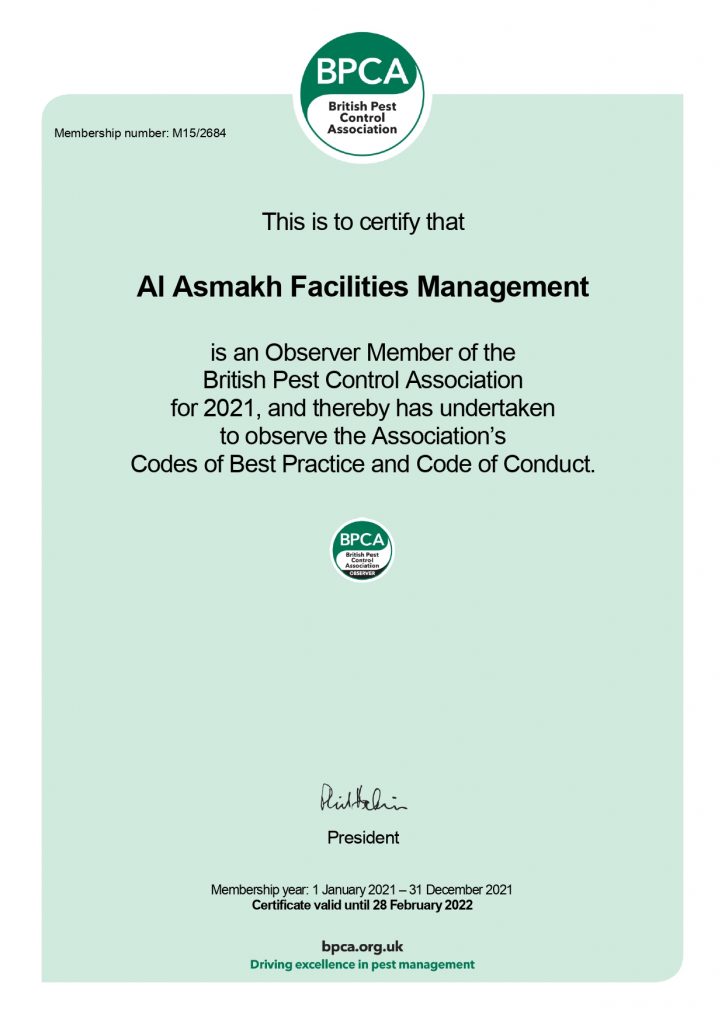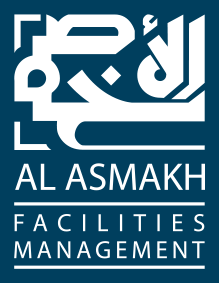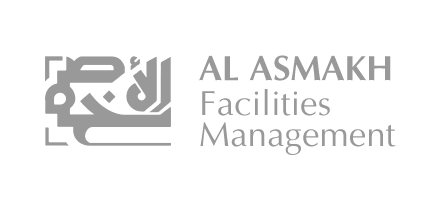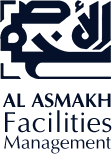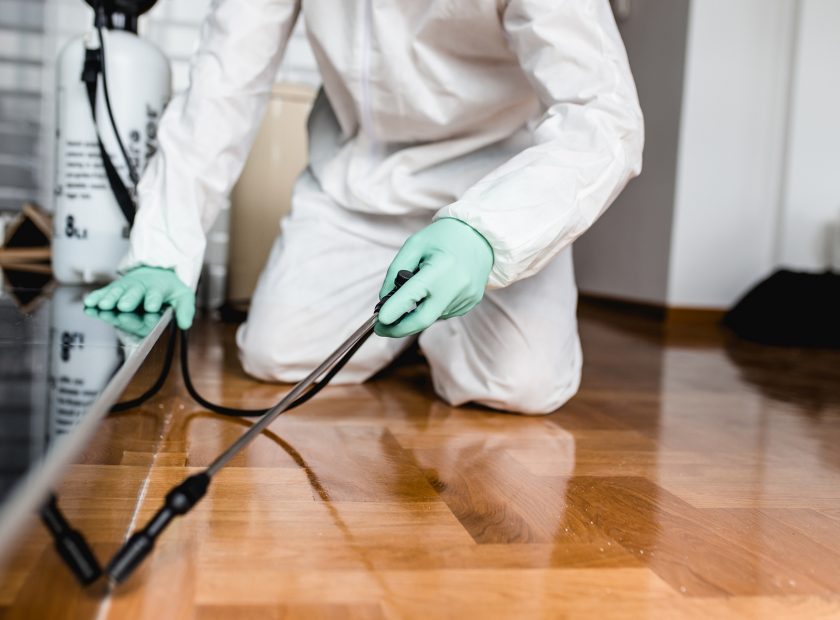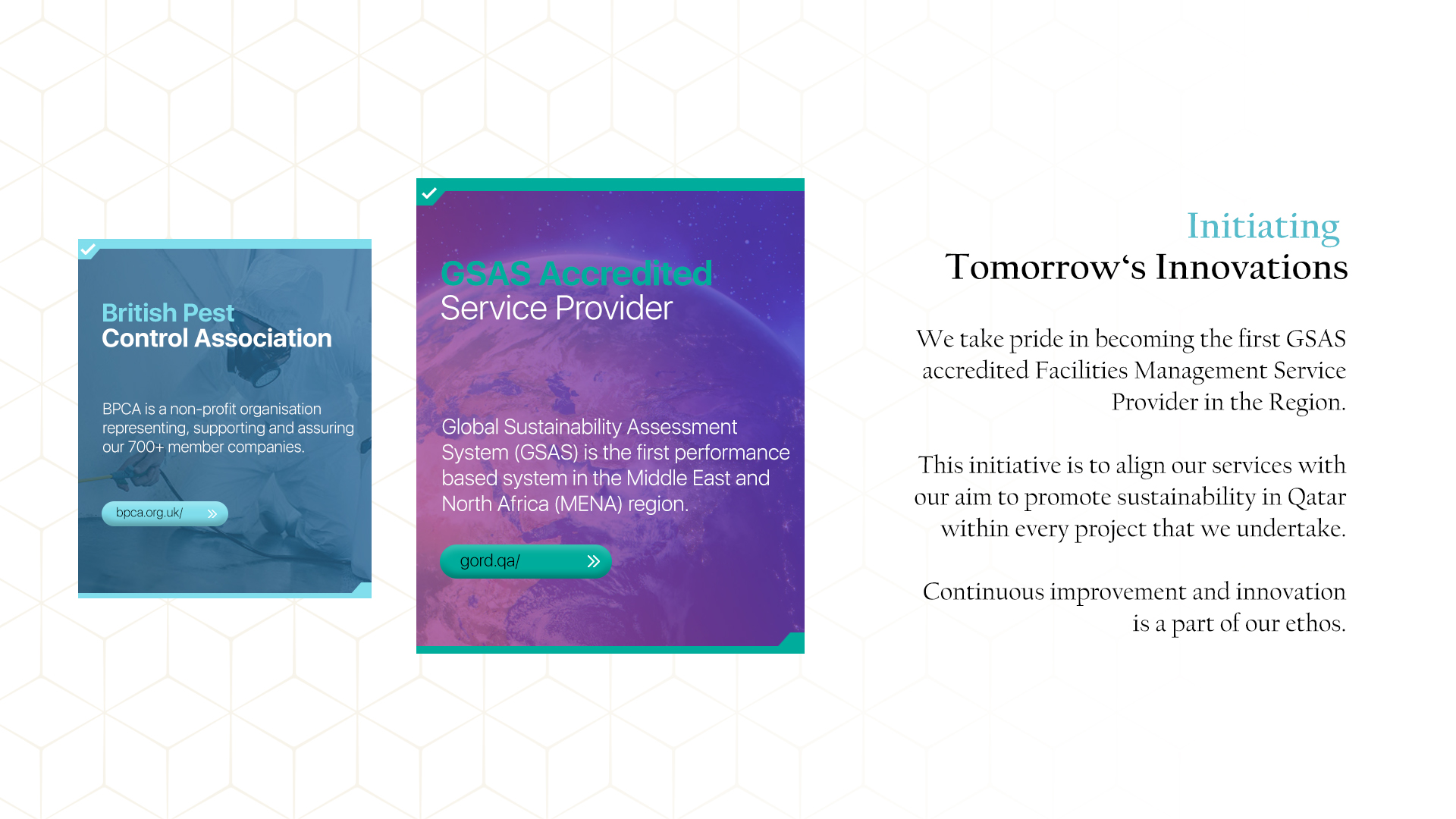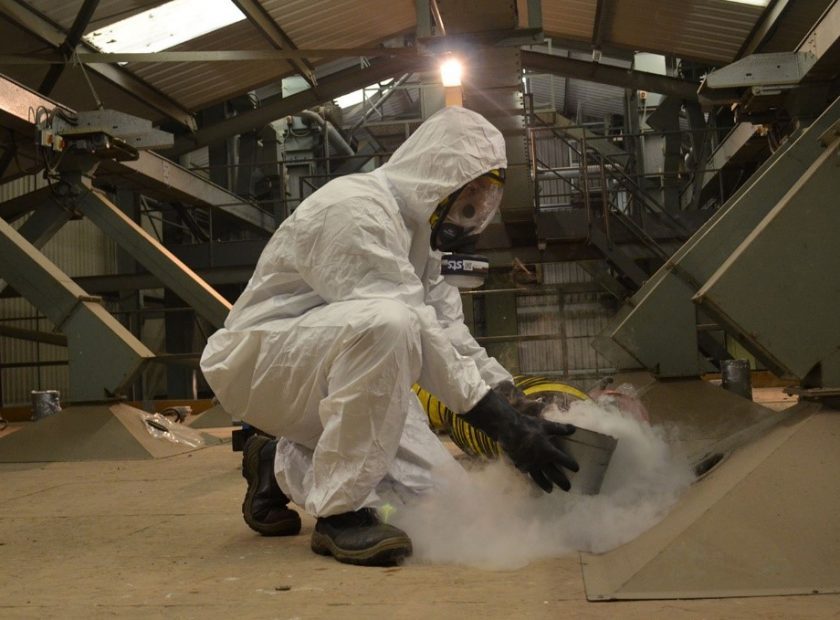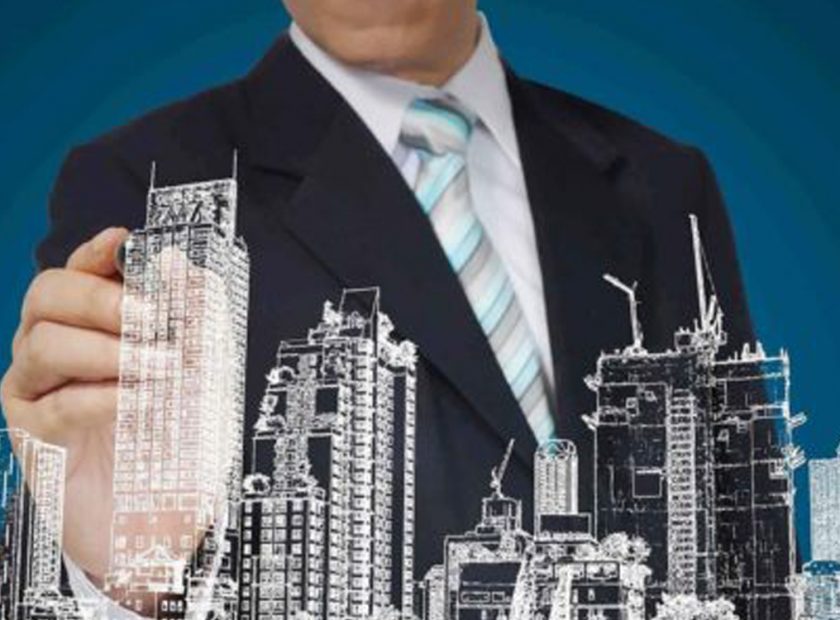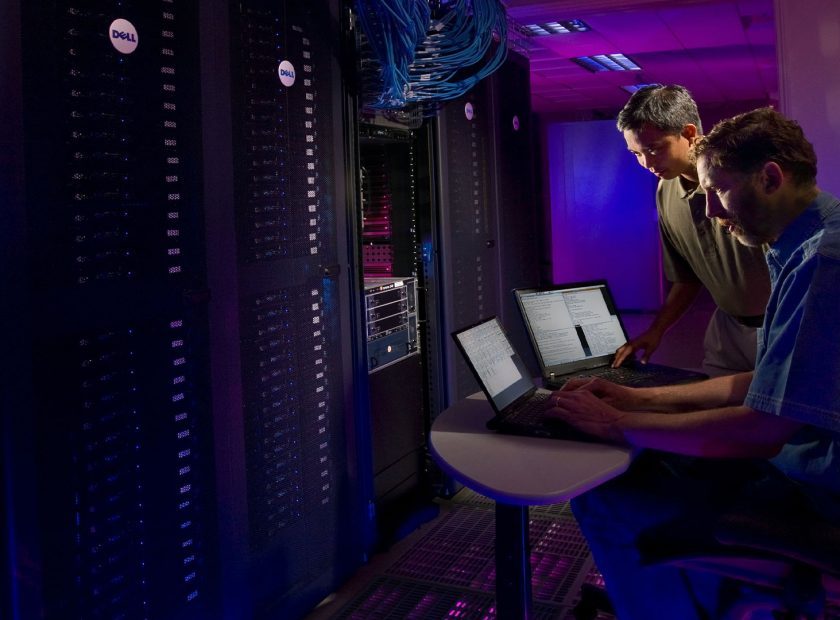The Health, Safety and Environment (HSE) and public health bodies in different countries have agreed the following joint advice for using spraying or misting disinfecting systems to reduce transmission of coronavirus (COVID-19).
Spraying people with disinfectants is not recommended under any circumstances (including in a tunnel, cabinet, or chamber). The World Health Organisation has also confirmed that it could be harmful and does not reduce the spread of the virus. This is because transmission is usually through droplets or contact, so the effectiveness of these systems is likely to be minimal.
Disinfectants used in this way are potentially harmful and can cause health effects including respiratory and eye irritation. Please seek professional help before carrying out such activities on your own.
Cleaning premises using fog or mist treatment
Fog, mist, vapour or UV (ultraviolet) treatments may be suitable options to help control the spread of coronavirus and disinfecting a larger space or room, according to sources. Any use of these treatments for these purposes should form part of your COVID-19 risk assessment. Users must be competent and properly trained.
If you choose to use fog, mist, vapour or UV treatments as a way of disinfecting surfaces, discuss your requirements with your manufacturers/suppliers (this may include fumigators), to help you decide if a product/system meets your needs. The treatment you use will depend on:
- the size of the area to be treated, its shape and how easily it can be sealed off while delivering an airborne product
- whether there are hard or soft surfaces – soft furnishings may act as a ‘sink’ for the airborne chemicals and emit them for a period of time after treatment (remove items such as sofas before treatment)
Disinfectants applied as a fog, mist or vapour may reach harmful levels during delivery and UV systems may cause eye/skin damage if people enter an area undergoing treatment.
People should not enter rooms being treated by UV or disinfectants applied as fog, mist or vapour. Discuss with suppliers what safety features they can provide to prevent inadvertent access to a room during treatment, for example hazard-monitoring sensors.
Locking rooms during the treatment will help to contain the emissions but other measures such as taping of doorway gaps or plastic screening off of some areas of the room may also be required. Good ventilation will also help clear the disinfectant after the treatment if this can be controlled from outside of the room.
The Methodology
If using fog, mist or vapour, you should ensure the correct concentration of the active chemical is used to achieve disinfection. However, be careful not to apply too much so that it leaves a wet surface or residue, which may present a hazard to anyone entering the room after the treatment is completed.
Methods used include disinfectant or generating reactive gases, for example ozone from air or bottled oxygen. Hydrogen peroxide may be used as a cold mist or as a thermally generated vapour.
Airborne disinfection does not remove the need for surface cleaning and surfaces that are dirty can reduce the effectiveness of disinfectant applied by airborne dispersion.
Disinfectants dispersed by fog, mist, or vapour may not result in even application to all surfaces. Hidden or ‘shadowed’ surfaces, or the surface underneath objects, may not be disinfected. The use of these methods in rooms of complex design with multiple surfaces may not be suitable.
Sealing off rooms
For fog, mist or vapour treatments, gaps in doors or windows can allow leakage of hazardous chemicals back into the building beyond the area being treated. You should therefore seal potential leak points to minimise the risk of exposure to people. Equipment suppliers can provide advice on this procedure.
Chemical sensors placed inside the treated room, or hand-held sensors, can be used to monitor the concentrations of chemicals to indicate it is safe for operators to enter the room.
Rooms that are difficult to seal may not be suitable for delivering airborne chemicals and this must be decided as part of a risk assessment, before starting any treatment.
Large outdoor spaces
Large-scale spraying or disinfecting in outdoor spaces, such as streets or open marketplaces, is not recommended for COVID-19 or other pathogens. This is because you cannot control dispersion of the chemical hazards and possible unintended exposure to people.
Streets and pavements are not considered as routes of infection for COVID-19. Spraying disinfectants, even outdoors, can be dangerous to people’s health and cause eye, respiratory or skin irritation or damage.
Seeking advice on what treatment is appropriate for the environment you are disinfecting? Want Professional disinfection and fumigation services at your premises? We will be able to help.
For a safe tomorrow and a safer #Qatar
